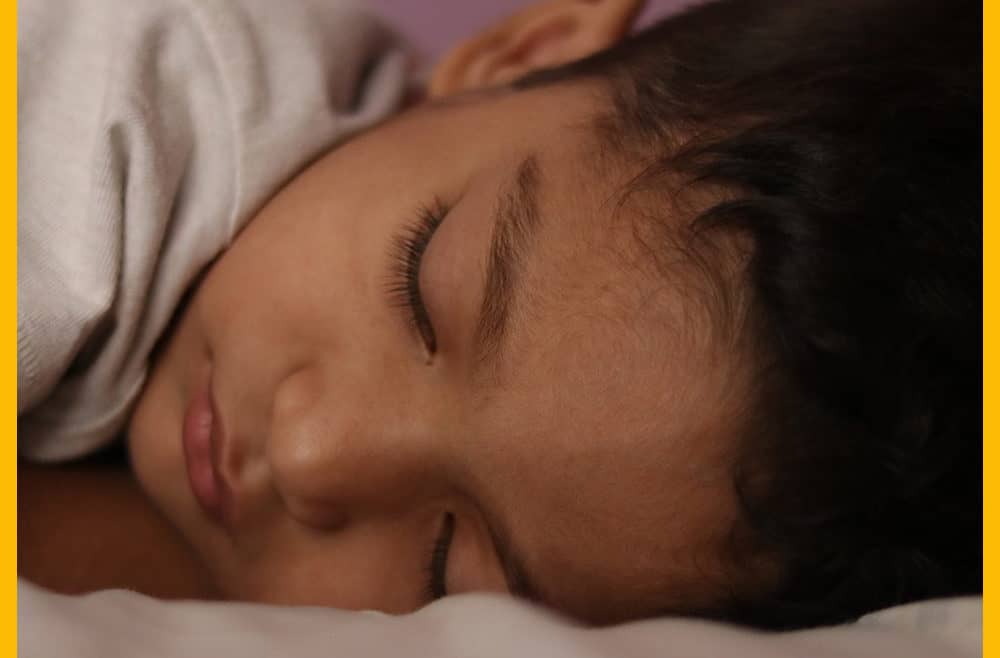Ensuring that your little ones have a sufficient amount of sleep each night is crucial as it can play a huge factor in their learning and development. Though, we understand that getting your child to perform their bedtime routine is not always the easiest task. Children often get fussy, like to get in and out of bed, and may ask to stay awake “just a few minutes longer.” We know it can be difficult, and that’s why we wanted to share some of our favorite bedtime tips that will help your child fall asleep more easily. We hope that these tips will make your little one’s nightly routine go a whole lot smoother, and take a little bit of stress off your shoulders.
Give Your Little One a Nightly Bath: One of the first things you may want to incorporate into your child’s nightly routine is bathtime. Not only is taking a bath fun for children, but it can also promote relaxation and you can work on your child’s therapy goals by playing with waterproof toys such as these farm animal bath toys. Ask them to identify each animal one at a time and have them make the noise of that animal. Your child can also work on their hand strength by squeezing the cute toys to shoot the water out of them!
Read a Bedtime Story: Reading your child a bedtime story is an excellent way to help them relax each night. While reading, have your child work on their speech skills by asking them to identify specific colors, animals, and objects on the page. Then at the end of the book, you can continue the conversation by asking them what they enjoyed the most about the story. Our favorite part about this tip is that it allows you to spend some time snuggling your child while also helping them feel calm and relaxed in the process.
Trade Screen Time For an Activity That Promotes Relaxation: Tablets, phones, and computers all emit blue light, which interferes with sleep. So instead of handing your little one an electronic device at night, have them partake in an activity that promotes relaxation. You could have your child listen to calming music, work on their fine motor skills by drawing a picture, or suggest that they play pretend with their favorite stuffed animal.
Get Into a Routine: Try to put your child to bed at the same time each night and perform a consistent bedtime routine with them. For example, if you want your child in bed and asleep at 8:00 PM, you may want to begin their bedtime routine at 7:00 PM to ensure that you can fit in all of their bedtime tasks (taking a bath, putting pajamas on, brushing teeth, reading a story, etc.) Get your little one involved and excited to perform their bedtime routine by making them a task chart and getting a sheet of colorful stickers. They can then practice their fine motor skills by peeling a sticker off the sheet and placing it next to each item they’ve performed that night.
Happy Sleep Awareness Week! You can find more great resources and learn more about Sleep Awareness Week by visiting the National Sleep Foundation website. Be sure to keep an eye on our social media (Instagram, Facebook, and Pinterest) all month long as we share helpful tips, resources, activities, and more! As always, please don’t hesitate to contact us to discuss if your child would benefit from pediatric therapy. Our team is here to support both you and your child in any way that we can.




